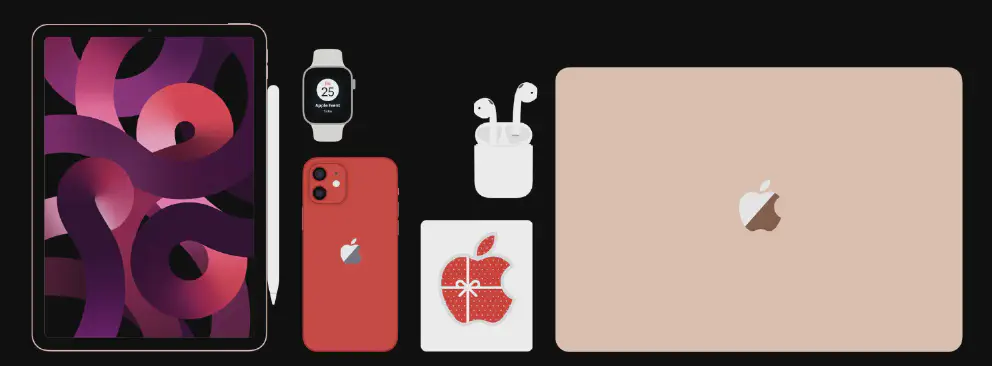Apple is known as a company that sells high-quality products that are both unique and familiar at the same time. When we think of Apple, we think of iPhones, iPads, Macs, AirPods, and sometimes, the Apple TV. But there’s a product that Apple kinda sells, but it is invisible. You won’t find this product in any of Apple’s marketing or ads or even in the Apple Store, but it’s on everyone’s tip of the tongue. It’s the Apple ecosystem.
The Apple Ecosystem is the secret sauce to Apple’s product experience, and how they are different than everyone else. There are attempts to imitate this ecosystem like Google’s Android or Sony’s, but Apple remains the best. But what is the Apple Ecosystem? This article will try to explain this invisible Apple product.
What is Apple Ecosystem
Apple Ecosystem is arguably Apple’s best product, although it is invisible and always lurking in the background. Apple Ecosystem is an experience, an environment that only works with Apple products. Apple Ecosystem is unique because Apple when building its product doesn’t just aim to make the best products physically, it aims to build the best product emotionally.
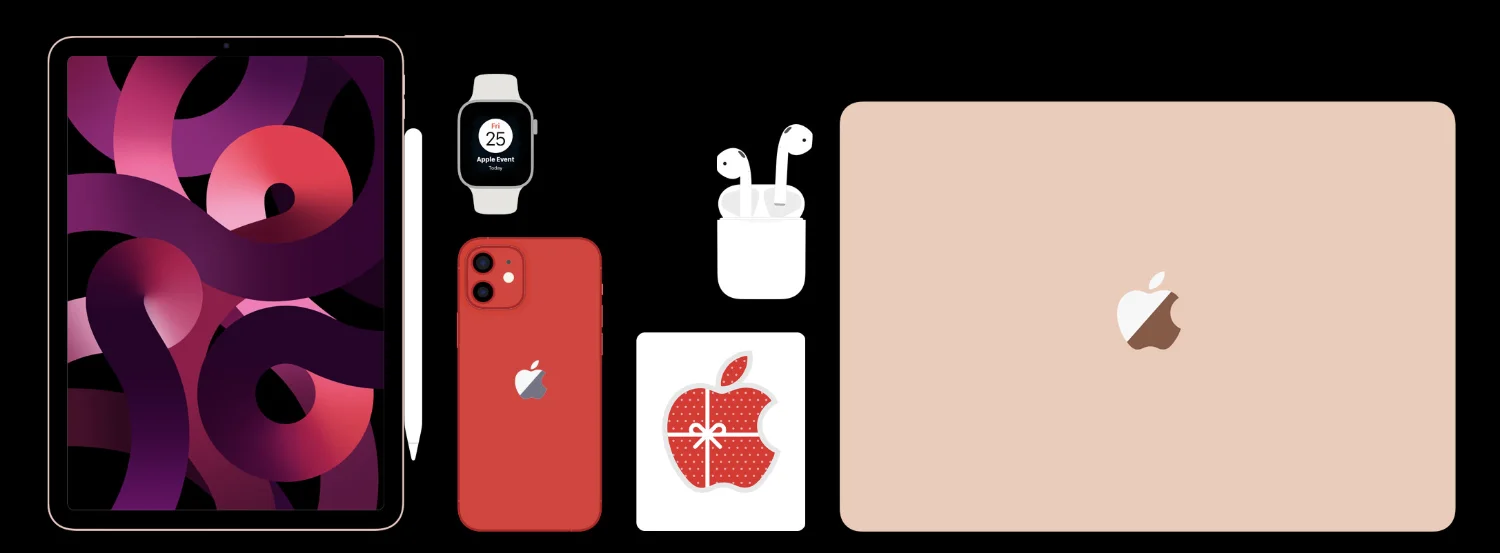
The Apple Ecosystem is an integrated Apple environment where Apple’s products and services work together to give the best user experience. The result of this is that while each Apple product is great by itself, there’s new functionality and experience when you bring two or more Apple products together. There’s even more magic when you interact with other Apple users in the Apple Ecosystem.
This article will break down the core of Apple Ecosystem, the interaction with other Apple products, and finally, a new real estate that Apple trying to conquer: interaction with other Apple users.
Basic
Apple ID: the heart
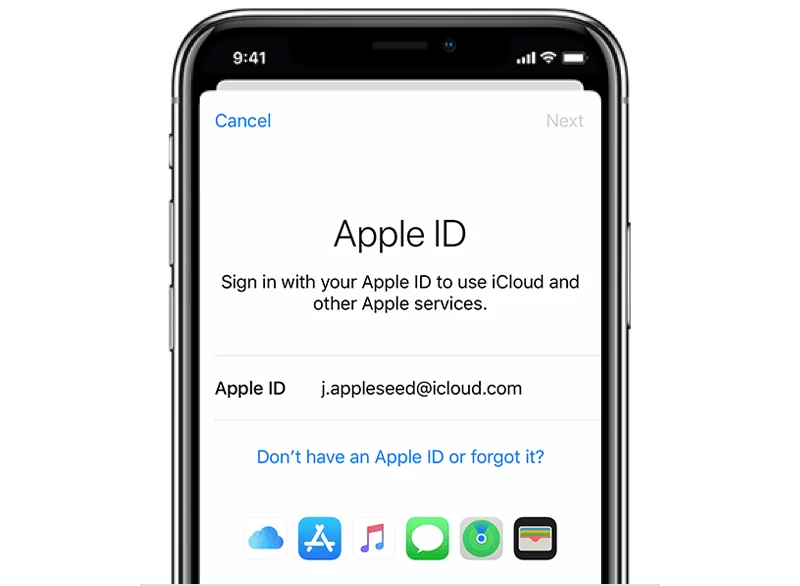
The heart of the Apple ecosystem is the Apple ID. It’s an online account that is free to sign up. Through Apple ID, Apple can track all of your owned devices and update each state of the Apple devices that you own. Apple ID is also how you access all of Apple’s cloud services and subscriptions. Upon signing up for Apple ID, you have a free 5GB of iCloud storage in which you can put your photos, files, or your backup. You can use your email or use the iCloud-provided email address
iCloud: core service of the ecosystem
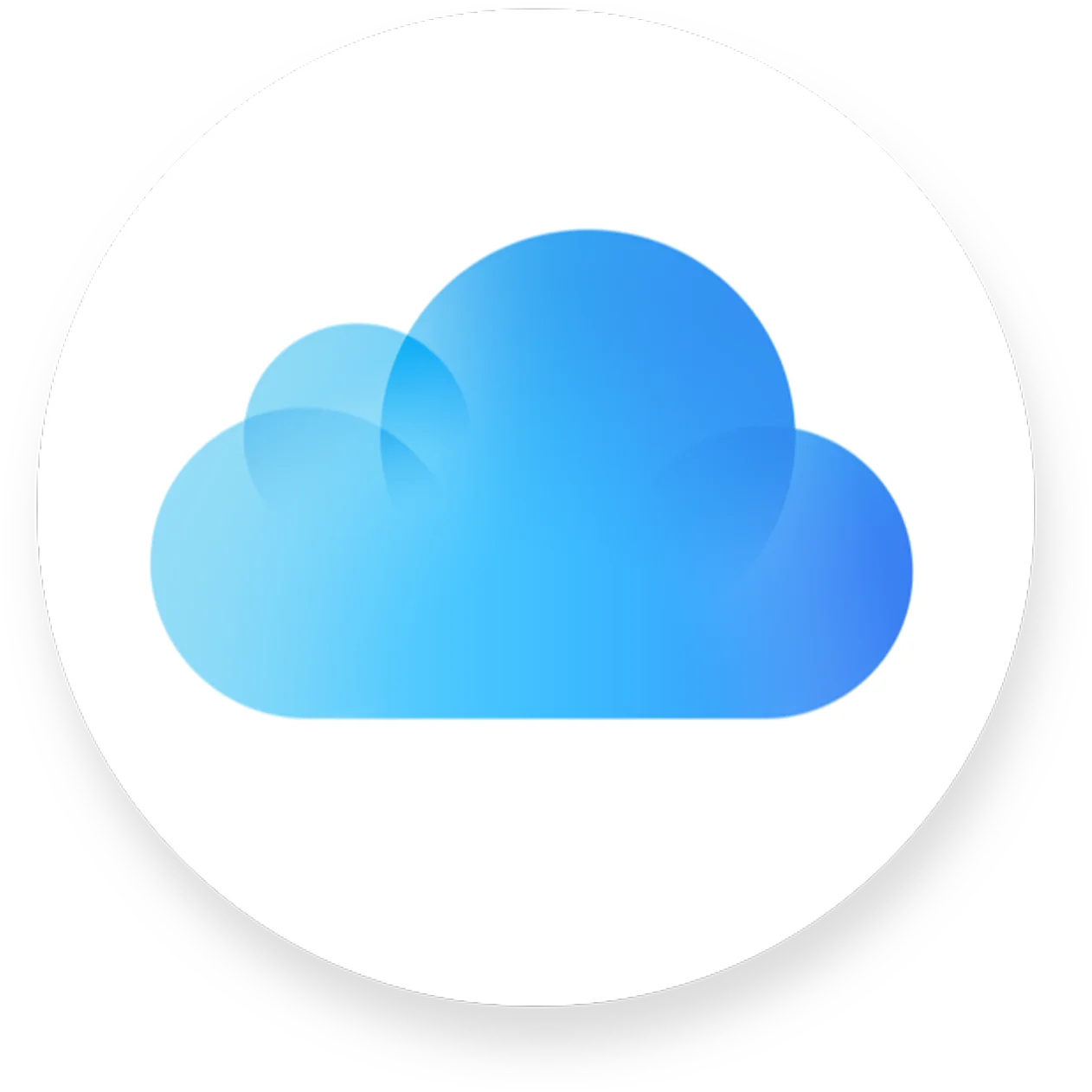
iCloud is Apple’s version of cloud services. Here you have email, storage, and other cloud-sych services. What cloud-sych service means is that if you download one version of an app on one of your Apple devices, it can automatically download the correct version on your other Apple devices. For example, if you download Netflix on your iPhone, it can automatically download Netflix for your iPad, Mac, and AppleTV. Apple takes advantage of iCloud service which their first-party apps use extensively to synchronize content. This is why when you write your notes on your iPhone, it will automatically appear on the notes app on your iPad and Mac. Ditto for Photos and other first-party apps. While 5GB might not be enough for everything, there is the iCloud+ option to subscribe to add up to 4TB of online storage. That should cover backups, emails, and cloud storage for also all your needs. The iCloud+ service has an extra service where you can store your password in a central location in the cloud and provide a VPN service called private relay.
Continuity or Where The Magic Begins
Continuity is Apple’s magical way of keeping things in synch. It was introduced in 2014, which was around 10 years ago. At that demo, Craig Federighi, the VP of Apple in Software Engineering starts by trying an email in his iPhone. Later, he goes to his Mac and continues writing the same email right where he left off. The real magic is Apple does not just produce products that are nice to look at and feel great to touch, but they also create products that are great to use. Continuity is the basis of how much of Apple’s user experience went from great to amazing.
More Ecosystem Magic: Interaction with your other Apple devices
And continuity is just the beginning. Here are some of the other things that the Apple ecosystem does.
Unlocking your devices: You can use one Apple product to unlock another Apple product. Furthermore, it “senses” your presence and unlocks at the appropriate time. Your iPhone unlocks your Apple Watch. You can use your Apple Watch to unlock your Mac. Your unlocked Apple Watch can unlock your iPhone if your iPhone knows you are wearing your mask.
Notification center: Apple Watch is the perfect example of this. You get notifications on your phone and it goes to your Apple Watch. You can reply to a WhatsApp message even though there’s no WhatsApp app on the Apple Watch.
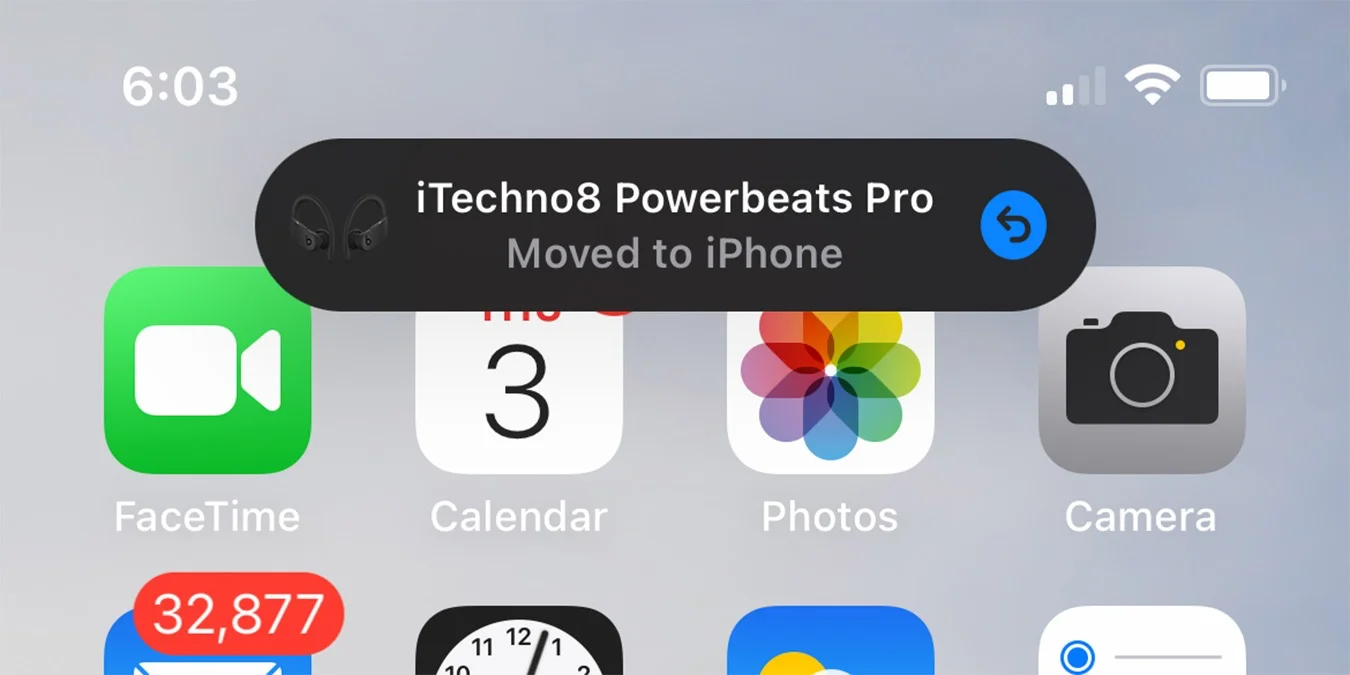
Using Apple devices to extend other Apple devices: This one feature where Apple gives a lot of thought is how well their devices work with each other. Here are some examples of using Apple devices interacting with each other
- Using your iPhone as your Mac Webcam
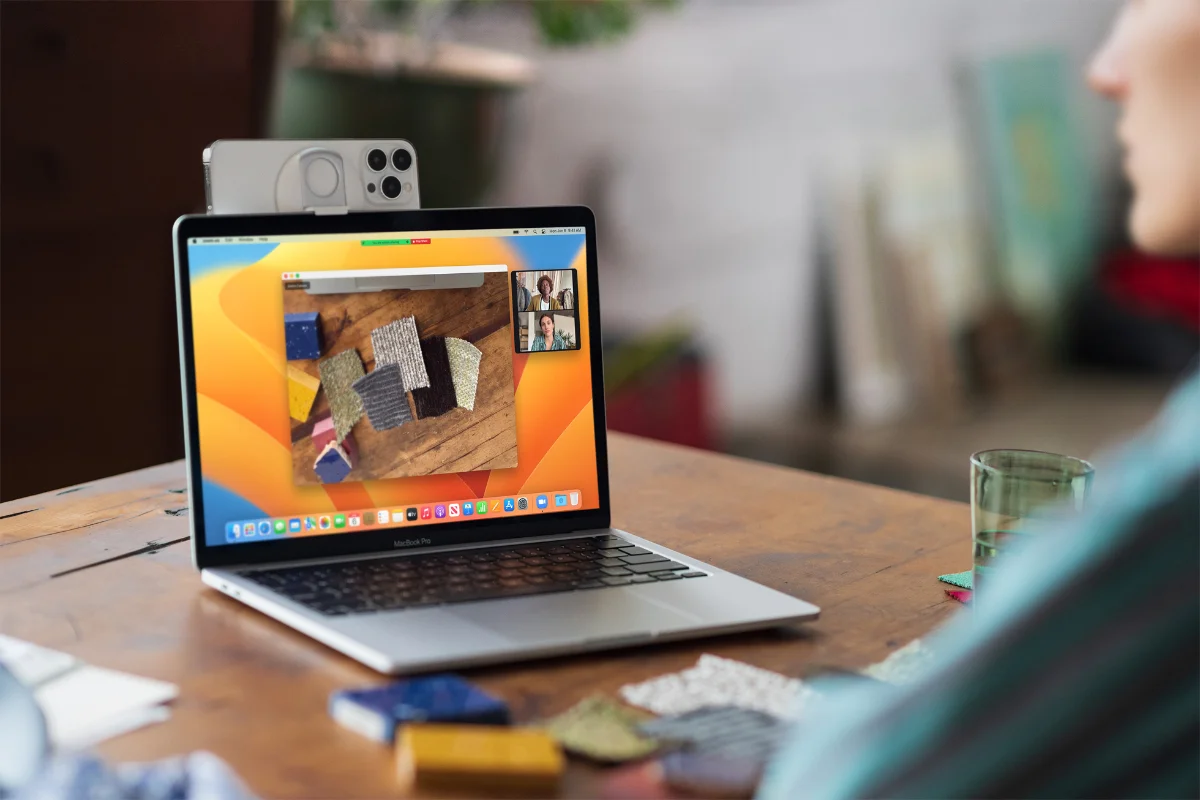
- Using your iPhone to take a picture from your Mac
- Use your Apple Watch to trigger the iPhone camera shutter… and preview what your picture will be.
- Using your iPhone or iPad as a webcam to FaceTime using your Apple TV
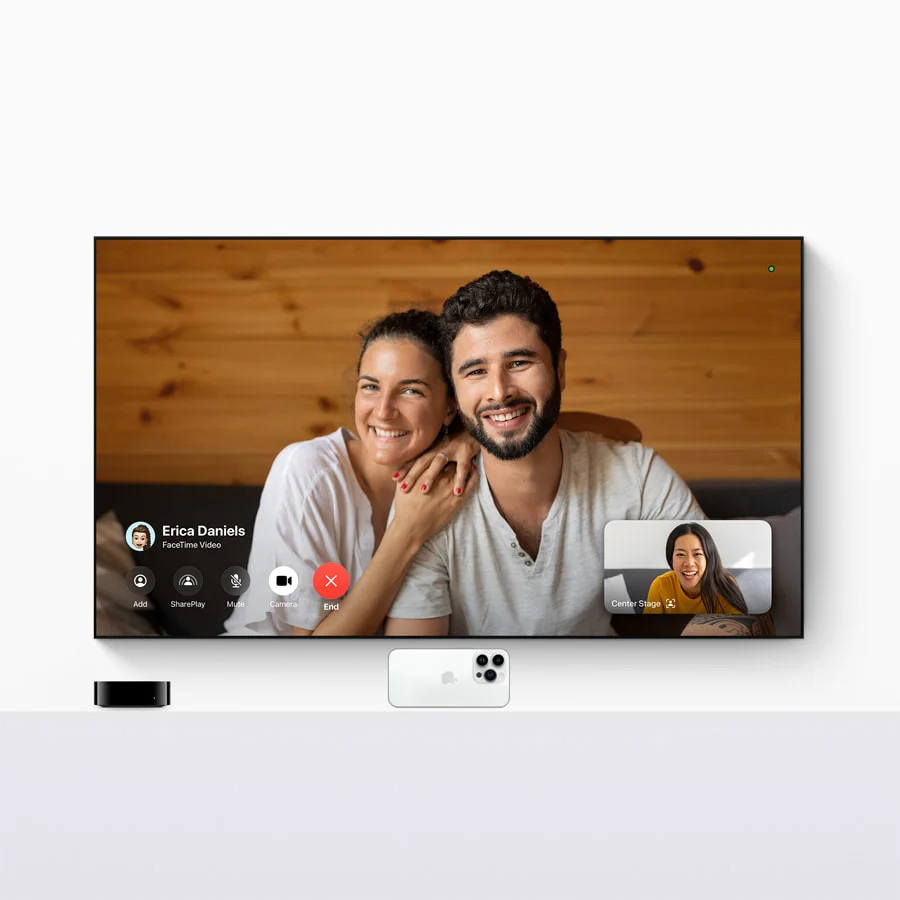
- Using your Vision Pro as a monitor for your Mac. Right now it’s 4K but in the future, no doubt we will have multiple 6K monitors floating from your Mac.
More Magic when Doing It With Other Apple Users
Apple Ecosystem also allows you to do more magical things when you are around other Apple users. Here are some of the things in the Apple Ecosystem: -
- iMessage: iMessage is an Apple ecosystem-wide messaging and communication system. With a good internet line, you can make video calls to anyone around the world for free. It was one of the reasons why Apple’s ecosystem works so well that companies like Google are forcing Apple to follow a global standard to break their monopoly
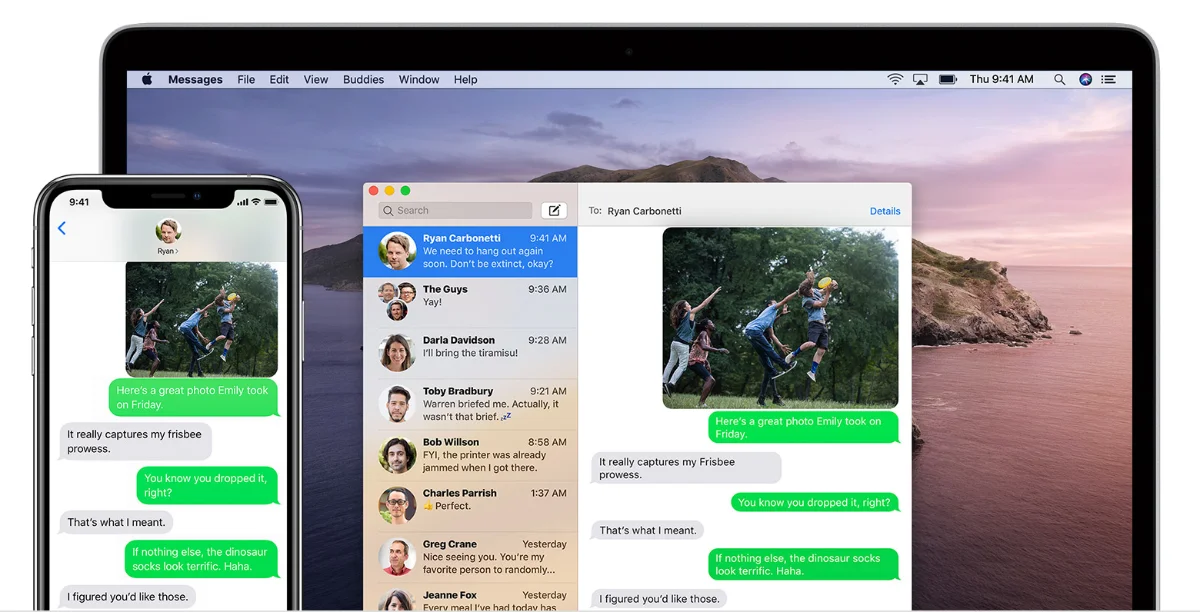
- Name Drop: If you tap your iPhone with another iPhone, you can share contact info.
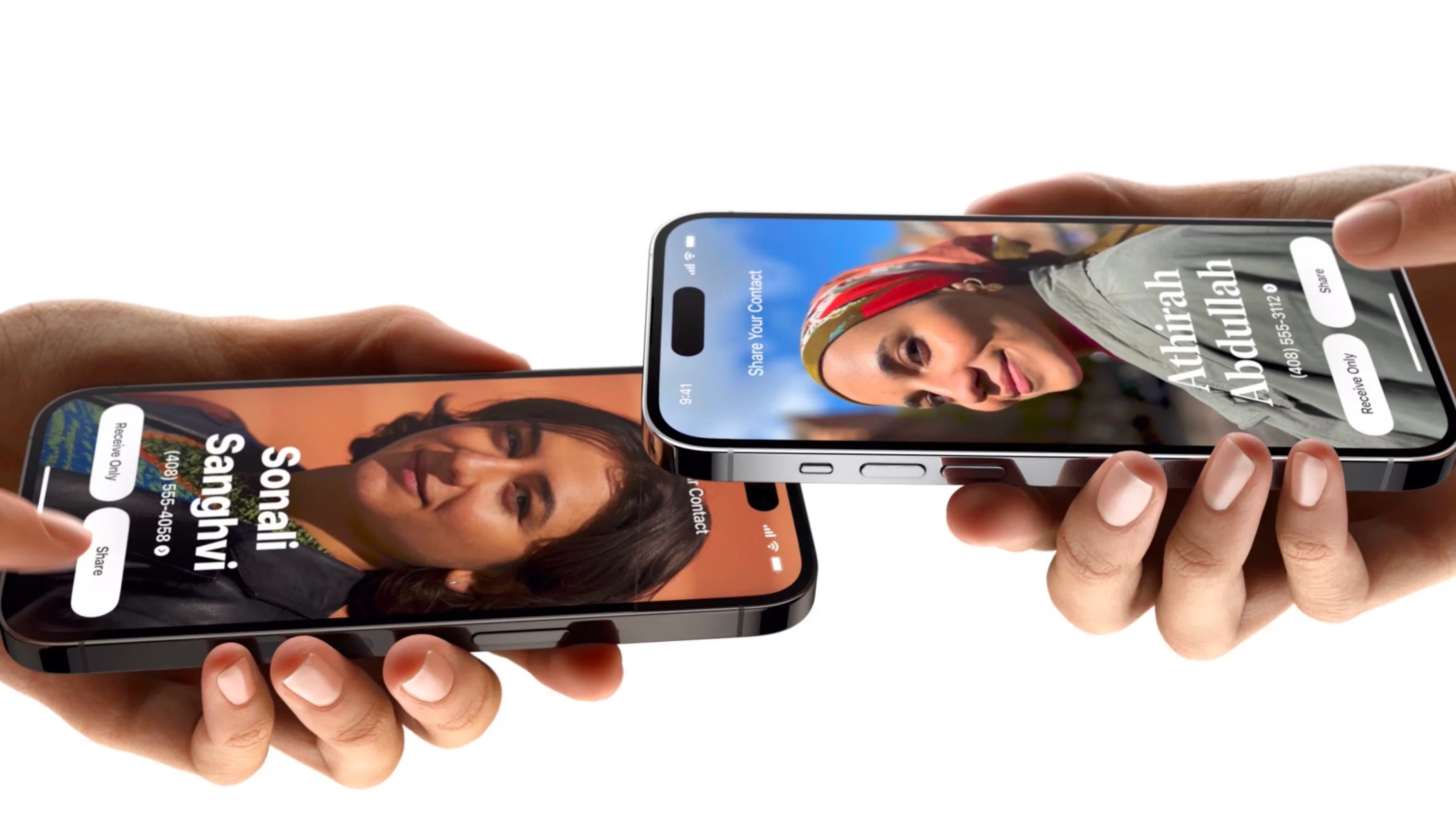
- Apple Pay: With an Apple wallet, you can put your supported credit card into your iPhone and use your iPhone to pay for stuff.
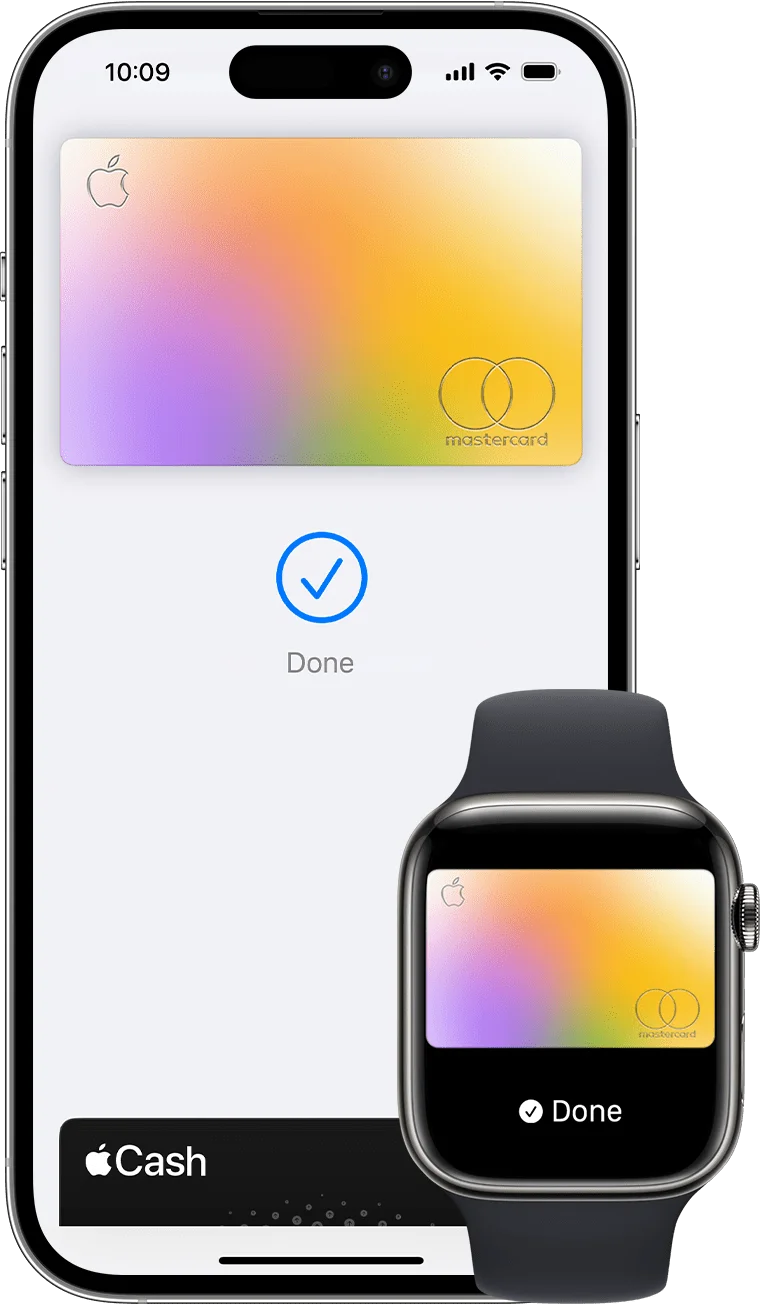
- Wifi password sharing: Fumbling to key in the complicated Wi-Fi password? You can share the Wi-Fi password with your contacts if they attempt to log into the same Wi-Fi network as you.
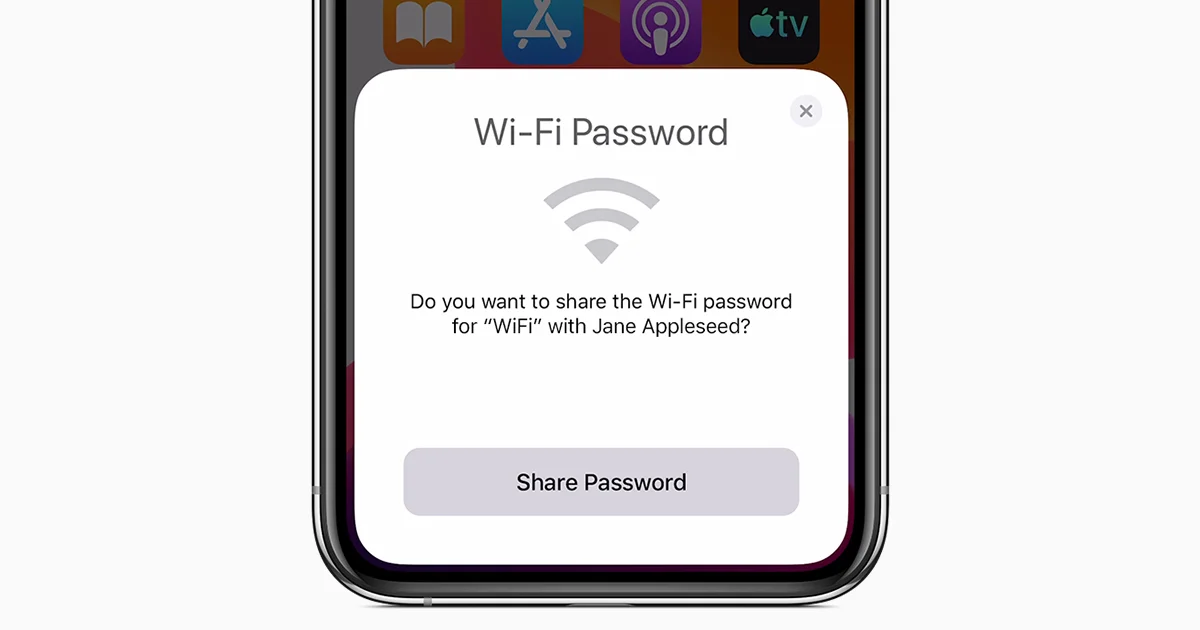
Trouble in Paradise? The Future of the Ecosystem
In late March 2024, the Department of Justice (DoJ), USA sued Apple for violation of the Sherman Act, which concerns anti-monopoly and anti-trust laws. The DoJ opines that Apple has misused its dominant position to force users to stay locked in the Apple ecosystem, one of which is making certain apps work in Apple-only devices while providing no alternatives to the end user.
The lawsuit has been covered in one of our articles. You may read our coverage of the lawsuit here. Apple has claimed trial and the outcome of the lawsuit will take years to be known, but we do expect major changes in the Apple ecosystem in the future no matter what the outcome.
We would not know what is Apple planning ahead, but we do know this, the lawsuit will certainly have a great impact on the Apple ecosystem and we expect the walls will be lower and the gate to go out will open wider.
Apple Intelligence: Recent Major Change to the Ecosystem
Apple introduced AI: Apple Intelligence during Worldwide Developers Conference 2024 which brings new AI features like machine learning, text and image generation, and object detection to the Apple ecosystem. In short, Apple Intelligence is the latest major change to the Apple ecosystem in recent years. One could say, that AI has now entered mainstream because Apple is including it on every modern Apple device, which means billions of devices worldwide.
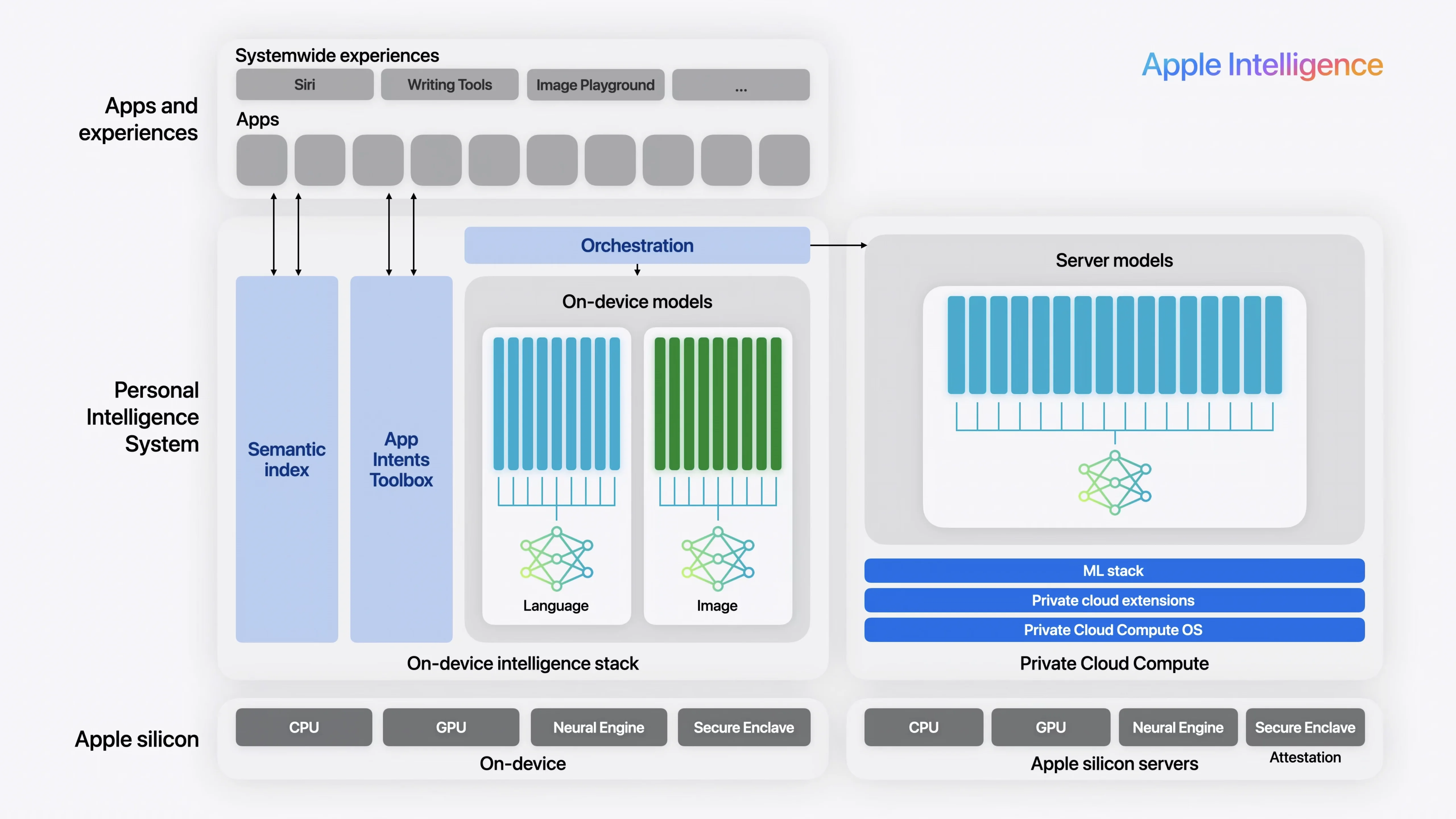
What makes Apple Intelligence different from other AI systems like OpenAI ChatGPT or Google Gemini? Well, for starters, the system is free for all Apple users. It does not rely on your data to train its system like Meta or Google or OpenAI. Most importantly, the AI system is available on any app that is built using Apple’s standard library. So many 3rd party apps can use features like Writing Tools and Image generators right out of the box.
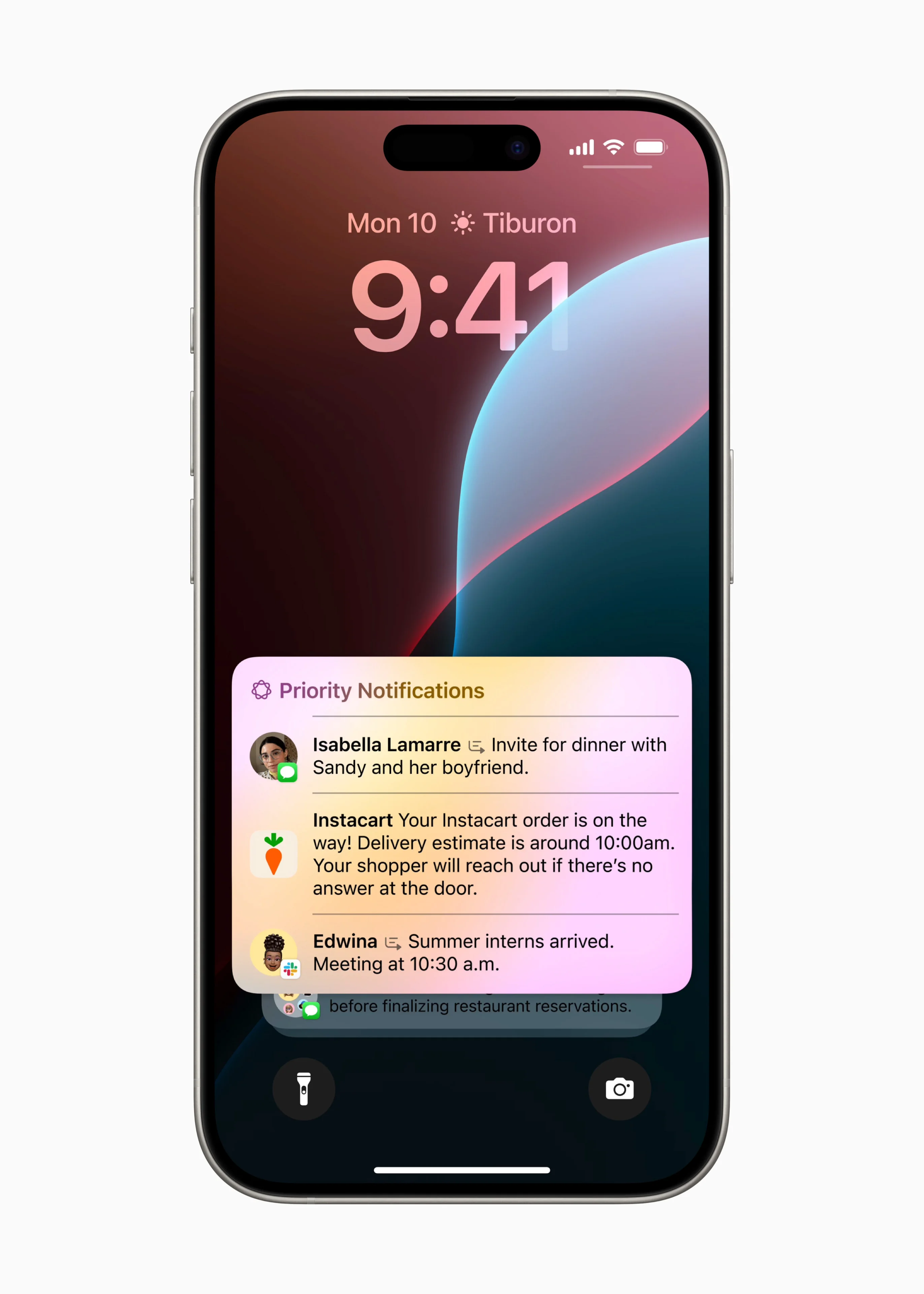
Furthermore, Apple’s AI system will run on-device first and then will try on their Private Compute Cloud. Running on the device is significant because it means that it can run without an internet connection and is faster, as it does not need to wait for an answer from the internet. This move will also mean that Apple will be motivated to improve its Neural cores or NPU in future generations of Apple Silicon.
Conclusion
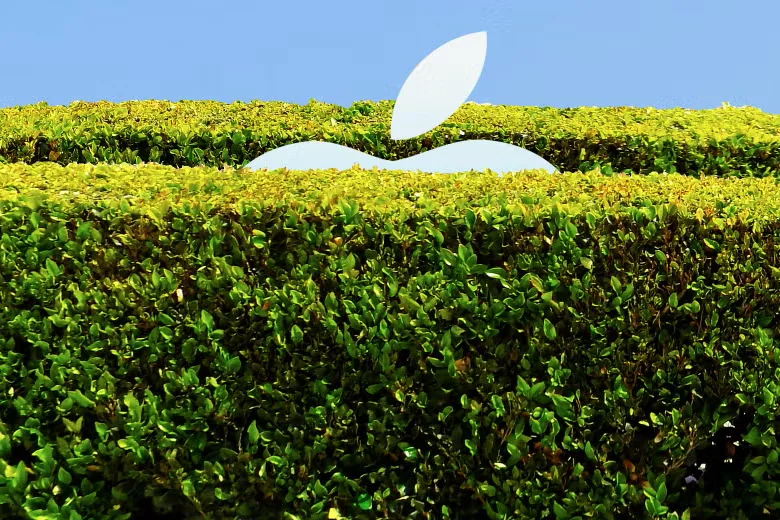
Apple Ecosystem is Apple’s most important product that they don’t sell because not only do they make a unique and better experience for the users, the Apple Ecosystem is a business moat for Apple that others find hard to replicate. To summarize, there was an interview with a couple of Apple’s top executives about how they make their products. They first started by making the best product they could think of and engineering their way to reach that. “Best” what I can see here is not just the physical sense, but the emotional one too. This is how Apple is different from the rest because they are not focused too much on performance, but the perception of performance.
